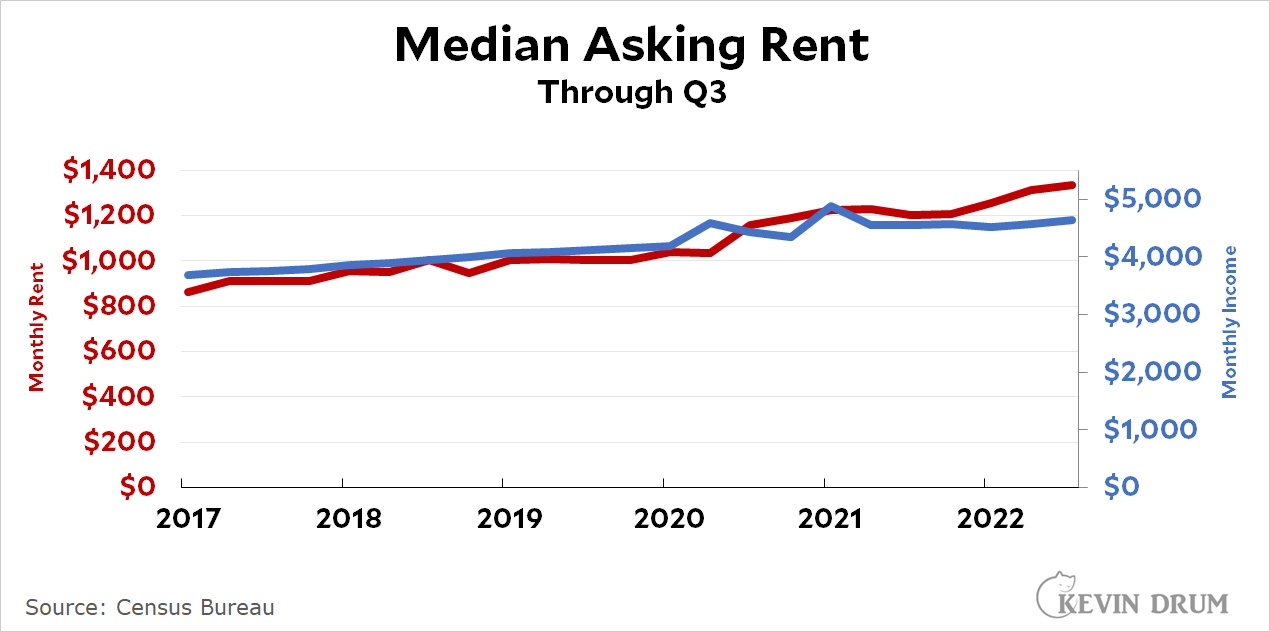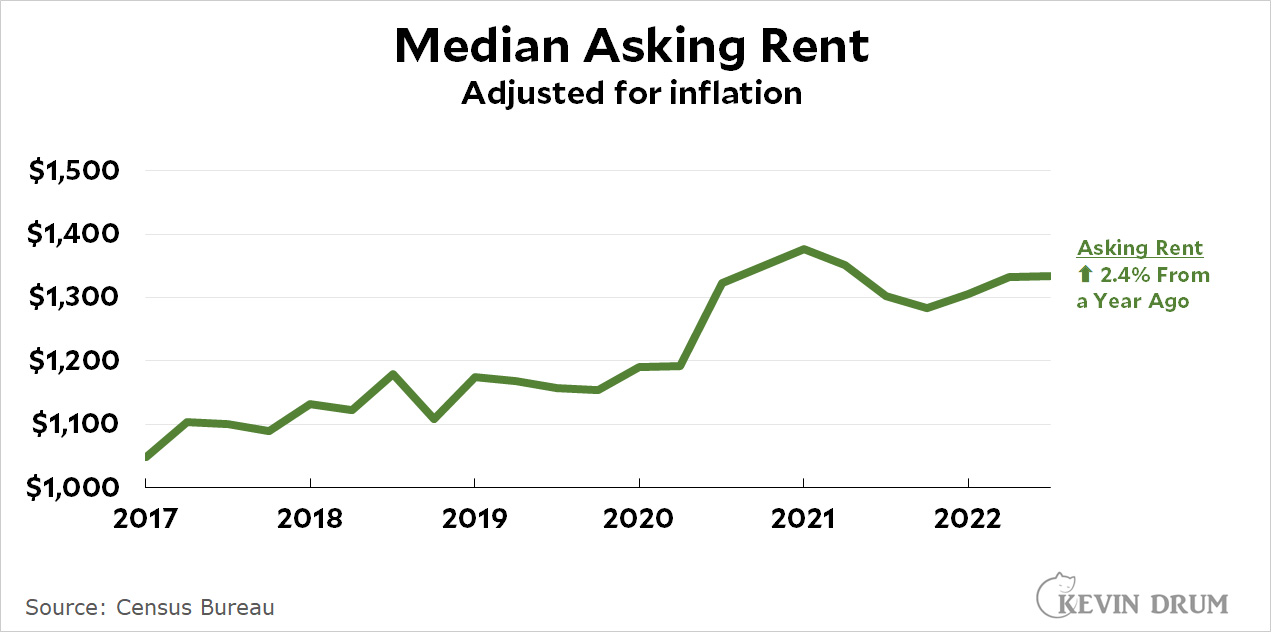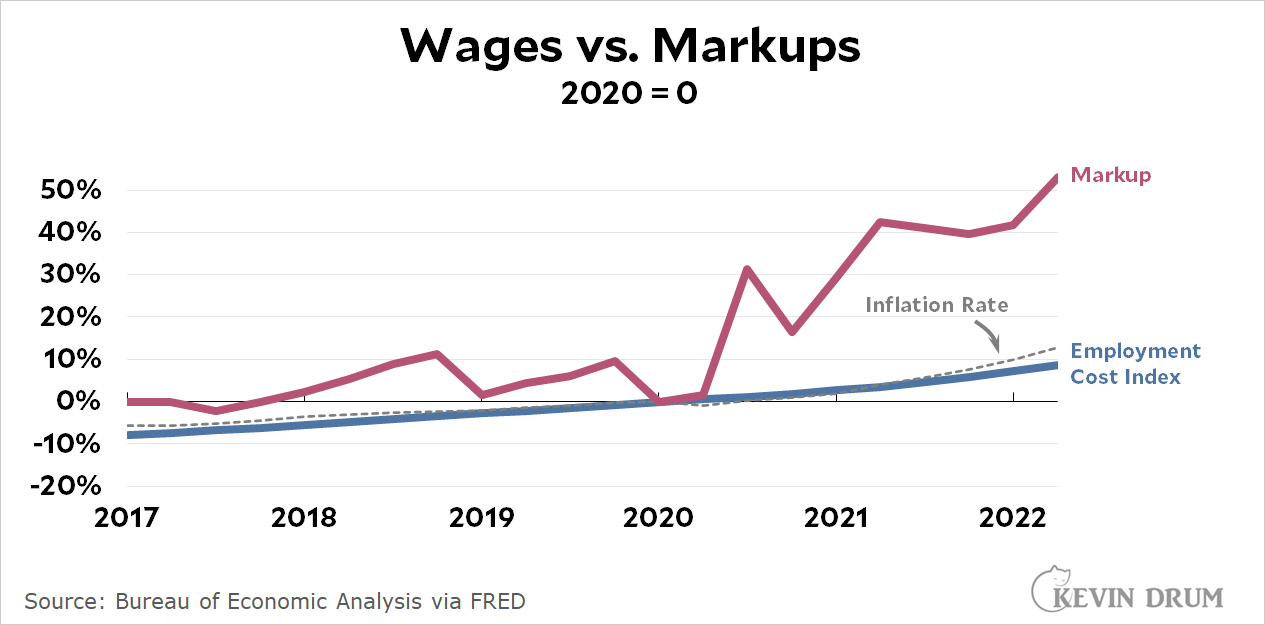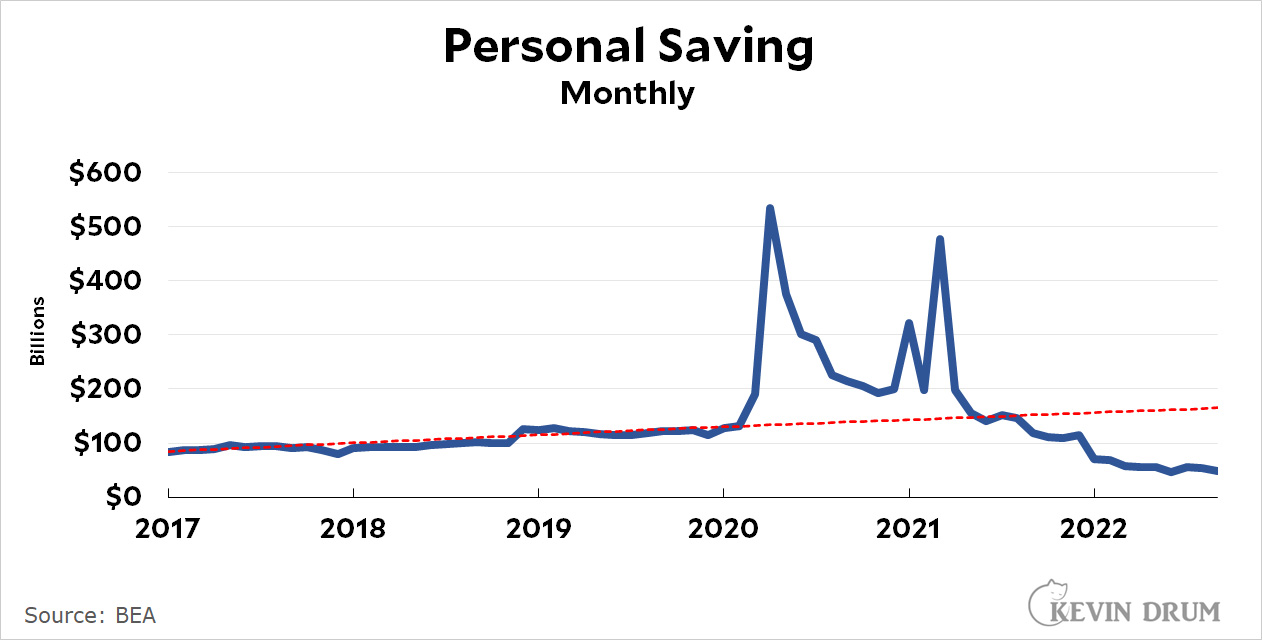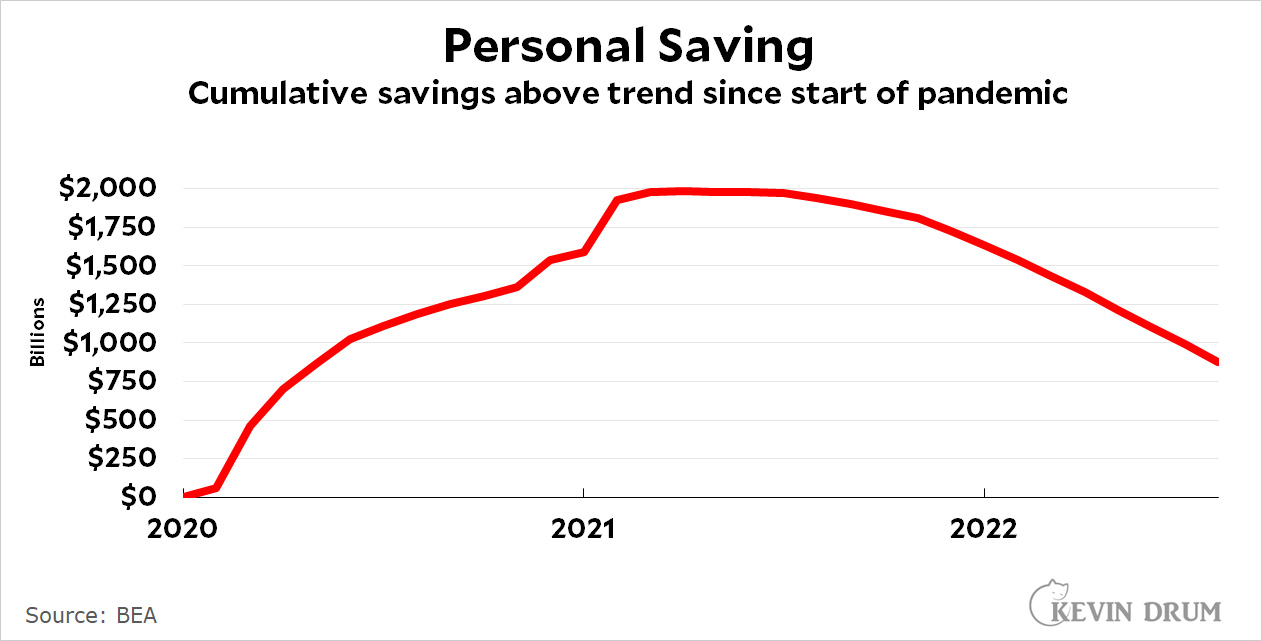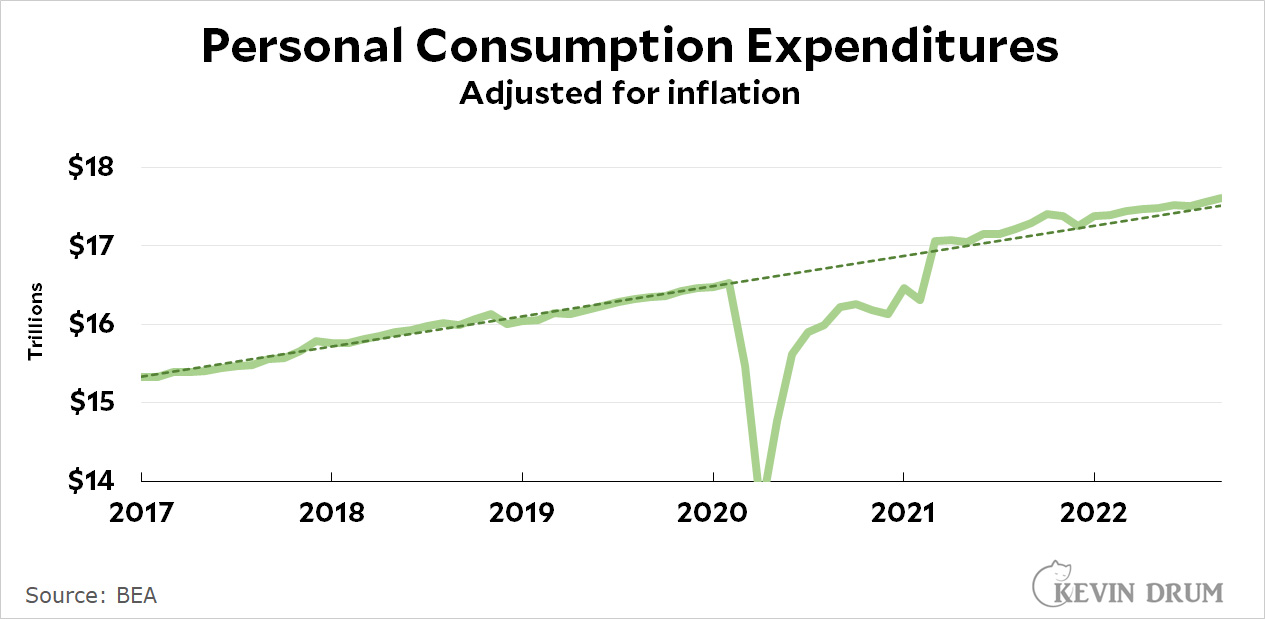Well, this is interesting. Here are two different big investigative stories about the government's efforts to fight online lies:
Truth Cops: Leaked Documents Outline DHS’s Plans to Police Disinformation
and
How the Biden Administration Caved to Republicans on Fighting Election Disinformation
The first is by Ken Klippenstein and Lee Fang of The Intercept. The second is by Andrea Bernstein and Ilya Marritz of ProPublica. Both address the same topic, but they come to precisely opposite conclusions. For example, here is The Intercept:
Behind closed doors, and through pressure on private platforms, the U.S. government has used its power to try to shape online discourse....There is also a formalized process for government officials to directly flag content on Facebook or Instagram and request that it be throttled or suppressed through a special Facebook portal that requires a government or law enforcement email to use.
....The extent to which the DHS initiatives affect Americans’ daily social feeds is unclear. During the 2020 election, the government flagged numerous posts as suspicious, many of which were then taken down, documents cited in the Missouri attorney general’s lawsuit disclosed. And a 2021 report by the Election Integrity Partnership at Stanford University found that of nearly 4,800 flagged items, technology platforms took action on 35 percent — either removing, labeling, or soft-blocking speech, meaning the users were only able to view content after bypassing a warning screen.
Now compare that to ProPublica:
In early 2022, the Cybersecurity and Infrastructure Security Agency, or CISA, which is part of DHS, was in talks to deploy a federally funded nonprofit to protect election workers from harassment and violence.
....At that time, DHS was establishing the Disinformation Governance Board....Just hours after word leaked of its formation, right-wing media influencer Jack Posobiec issued a series of tweets slamming the board. Soon, Republican lawmakers like Rep. Andrew Clyde, R-Ga., were calling the board a “Ministry of Truth”....About 70% of Fox News’ one-hour segments over the next week contained a reference to the board, according to a report by Advance Democracy, a nonprofit media research group.
....That’s when the word went out to DHS staffers that work on “sensitive” topics like disinformation should be put on hold.
These two outlets—both of which have a reputation for being skeptical of government—are reporting on different parts of the same elephant. One concludes that federal authorities are trying to control social media. The other concludes that right-wingers are spreading egregious lies through social media while the government is trying to get the truth out and protect election workers.
In this case, it's The Intercept that's been conned. Its story is almost completely lacking in any substance and contains no examples of the government trying to force its views on social media. The government merely flags things they think are dangerous lies and social media outlets are then free to investigate and take action as they see fit. This is not anything unusual.
ProPublica, by contrast, has the story right: the MAGA wing of the Republican Party has a well-known history of relying on disinformation and becoming outraged whenever anyone fights back. They scream "censorship" to cover up the fact that their existence depends on a steady stream of lies. If social media does anything to fight those lies, the MAGAnauts lose their greatest source of power.
Should we be careful about what kinds of information efforts the government engages in? Indeed we should, given their deserved reputation for being, um, less than fully truthful. But the fact remains that there's nothing even remotely unusual about what they're doing here. From the FBI's most wanted list to the Surgeon General's campaign against cigarettes, the federal government produces a flood of information on a routine basis—much of which involves judgment calls rather than simple facts and figures. Its election disinformation efforts should be judged not by the mere fact of their existence, but by whether they are being tolerably fairminded in what they go after. So far, the evidence suggests they are.

